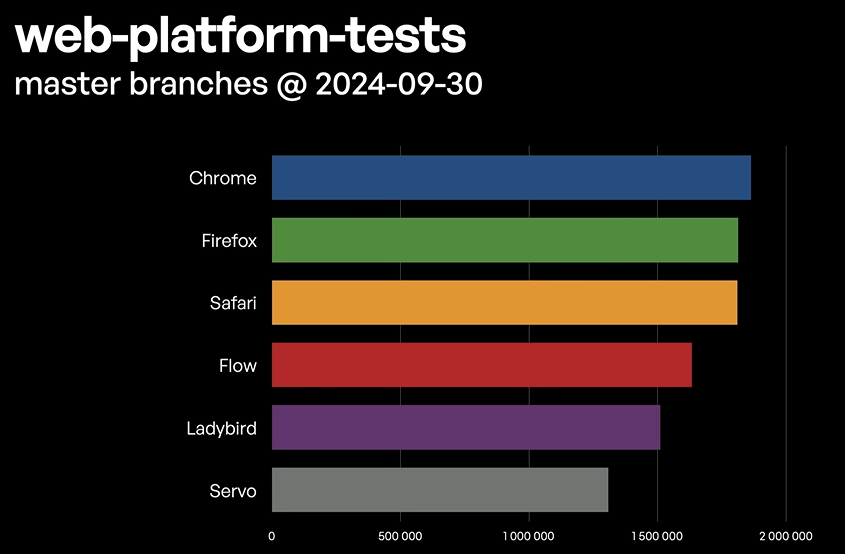

Way beyond fist shaking here. My brain simply doesn’t process the trendy flat UX. It looks like when my kitchen garbage can tips over. A piece of carrot here, empty milk crate over there, sprinkled with onion peels, and some unidentified goop that I only discover later in the evening, using my bare feet, while getting a cup of water…
What’s weird though is that I similarly hate the circle android icons. They all kinda blend together like a bowl of skittles. Make them squircle though… instantly recognizable!





I’ve been using LawnChair, and they’ve dropped the feature for some time. I think it was being re-written from scratch. It just got back in the last month or so.